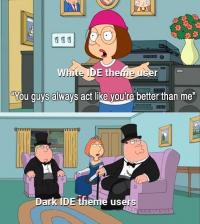Google now is known almost by everyone who has internet access. It's the most frequently accessed search engine around the world and it provides fast speed and high quality search results. While you are using Google, have you ever wondered how the name Google comes?

According to Steven Levy, the author of the book In The Plex: How Google Thinks, Works, and Shapes Our Lives.
The original name for the project was named BackRub and was coded by Sergey Brin. He was thinking that web pages made their outgoing links transparent because those links were built into the code and were easily identifiable. But it's difficult to find out what linked to a page. To find that out, people have to somehow collect a database of links that connected to some other page. They should go backward. Hence the name BackRub was called.
In September 1997, Larry Page and Sergey Brin wanted to rename BackRub to something they hoped would be suitable for a business. They initially gave serious consideration of the name "The Whatbox", but then they realized it sounded too much like "wetbox" which wasn't family friendly.
Then Page's dorm roommate suggested they call it "googol". The word is a mathematical term referring to the number 1 followed by 100 zeros. Sometimes the word "googleplex" was used generally to refer to an insanely large number. "The name reflected the scale of what we were doing." Brin explained a few years later. "It actually became a better choice of name later on, because now we have billions of pages and images and groups and documents, and hundreds of millions of searches a day." Page misspelled the word, which was just as well since the Internet address for the correct spelling was already taken. "Google" was available and it was easy to type and memorize.
Now this name has even become a word in the Cambridge English Dictionary.
